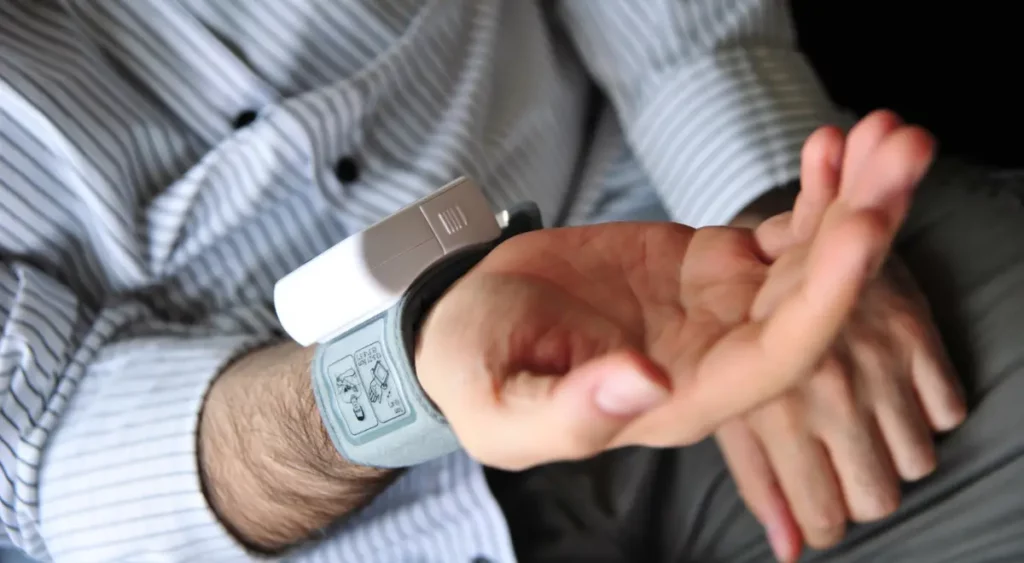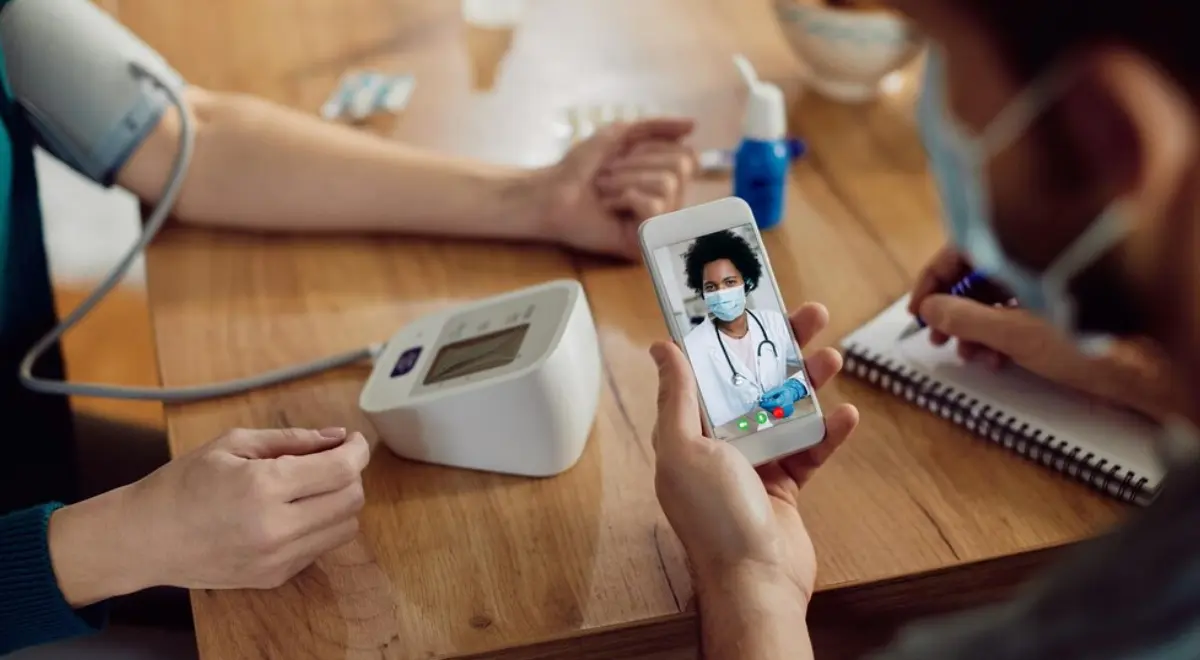Regulatory Changes in Remote Patient Monitoring (RPM): What to Expect in 2025

The healthcare industry in the United States is rapidly evolving to accommodate the complex medical needs of chronic patients and to empower healthcare providers to ensure timely interventions, improved health outcomes, and boosting patient engagement. As we are approaching the year-end, the Centers for Medicare & Medicaid Services (CMS) has proposed some regulatory changes for remote patient monitoring, that are likely to be implemented in 2025.
These changes are designed to shape the future of the healthcare delivery model and going to impact the Remote Patient Monitoring (RPM) reimbursement, implementation, and patient care processes. In this blog, we have shared a brief outlook of what regulatory changes, government policies, and healthcare trends we are going to witness in the coming year:
- CMS (Centers for Medicare & Medicaid Services) Updates: In its recent announcement, CMS has proposed some regulatory, coding, and reimbursement changes that are aimed at expanding the capability of the remote healthcare system. Healthcare providers will see an increase in reimbursement rates and an updated eligibility criterion for chronic conditions in 2025. This will help them save more in healthcare expenses and resources.
- Reimbursement Expansion: CMS has decided to boost the RPM reimbursement structure to ensure better adoption of RPM systems by healthcare providers, and to recognize their role in managing chronic conditions and improved care coordination. Also, several adjustments are likely to be introduced to the RPM CPT codes to accommodate a wider range of services.
- Improved Regulations: CMS is considering updating the existing regulations and billing codes formulated for RPM, making it easier for healthcare providers to implement and bill for remote patient monitoring services. This includes streamlining documentation requirements and device usability.
- Interoperability Focus: In 2025, CMS is likely to focus on boosting the interoperability between more RPM devices and Electronic Health Records (EHRs) to ensure seamless transfer of data and sharing of patient reports. This will help improve efficiency of RPM programs.
- Telehealth Regulations: Remote patient monitoring is a subset of telehealth and along with RPM, telehealth regulations are evolving too. Some of the proposed telehealth regulations include:
- Broader Patient Access: Compared to this year, the usability of RPM and telehealth is likely to witness an increase in usage across rural, underserved, and sub-urban locations as government is improving the access to remote care services.
- Updated HIPAA Guidelines: Health Insurance Portability and Accountability Act (HIPAA), aims at protecting the privacy and security of health information. As per the proposed changes, CMS is likely refining the existing HIPAA compliance requirements for RPM and telehealth to ensure improved patient data security.
- Food and Drug Administration (FDA) Approvals: Along with CMS, the FDA is also introducing new regulatory and device changes in 2025 to boost adaptability to RPM and remote healthcare models. Some key highlights of the possible changes include:
- Expanded Device Approvals: The FDA is likely to introduce new devices in the list of FDA-approved RPM devices to make remote monitoring more accurate, efficient, and hassle-free for patients and providers.
- Clear Regulatory Guidelines: Since FDA devices need to meet the regulatory guidelines to use them for remote monitoring, the FDA is aiming to ease the regulatory guidelines for both device manufacturers and healthcare providers.
Conclusion
The remote patient monitoring industry is evolving rapidly and as the new year approaches, healthcare providers can consider expanding their RPM services based on the proposed regulatory changes. These regulatory changes are believed to likely improve health outcomes and enhance the overall patient experience.
Want to boost your patient engagement rate and RPM reimbursements? HealthArc’s remote patient monitoring services enable healthcare providers to remotely monitor vital signs and health trends. Our unified digital health platform is designed to enhance patient outcomes, drive operational efficiency, and reduce costs for healthcare providers.
Schedule a demo to learn more about our remote patient monitoring platform or call us today at (201) 885 5571 to set up a consultation with our experts.
Most recent blogs
Categories
- Advanced Primary Care Management
- Behavioral Health Integration
- Cellular Remote Patient Monitoring
- Chronic Care Management
- Chronic Care Management Billing
- Chronic Care Management CPT Codes
- Chronic Care Management Program
- Chronic Care Management Software
- Digital Health Platform
- Principal Care Management
- Principal Care Management CPT Codes
- Remote Care Programs
- Remote Monitoring Devices
- Remote Patient Care
- Remote Patient Monitoring
- Remote Patient Monitoring Billing
- Remote Patient Monitoring CPT Codes
- Remote Patient Monitoring Devices
- Remote Patient Software
- Remote Therapeutic Monitoring
- Remote Therapeutic Monitoring Billing
- Remote Therapeutic Monitoring CPT Codes
- Telemedicine & RPM
- Transitional Care Management
- Transitional Care Management Billing
- Transitional Care Management CPT Codes
Related Posts
- February 21, 2025 | Read Time: 5 mins
RPM’s Role in Identifying Early Symptoms of Chronic Conditions for Prevention
- February 14, 2025 | Read Time: 4 mins
Monitoring Post-Surgical Recovery With RPM Systems
- February 10, 2025 | Read Time: 5 mins






